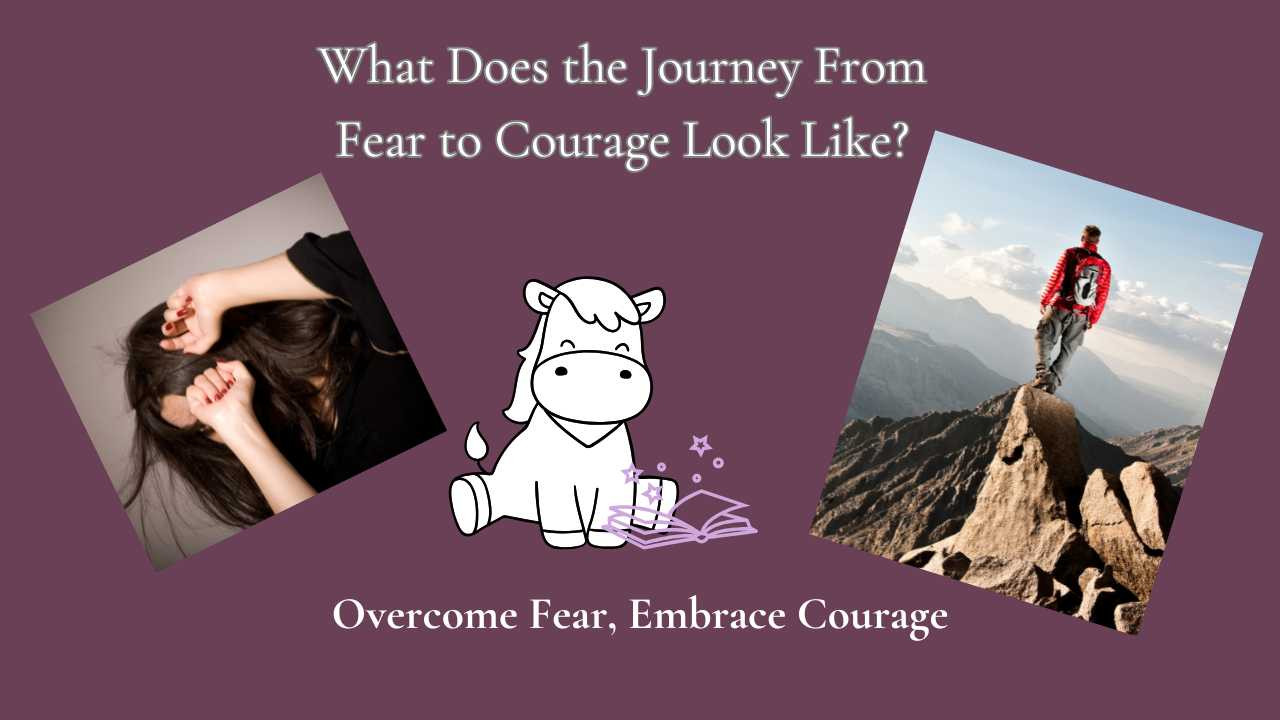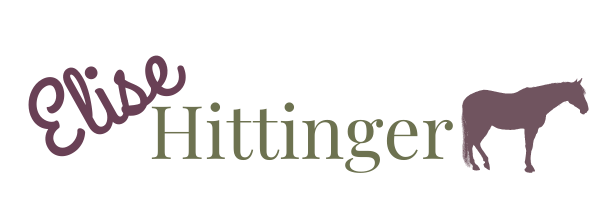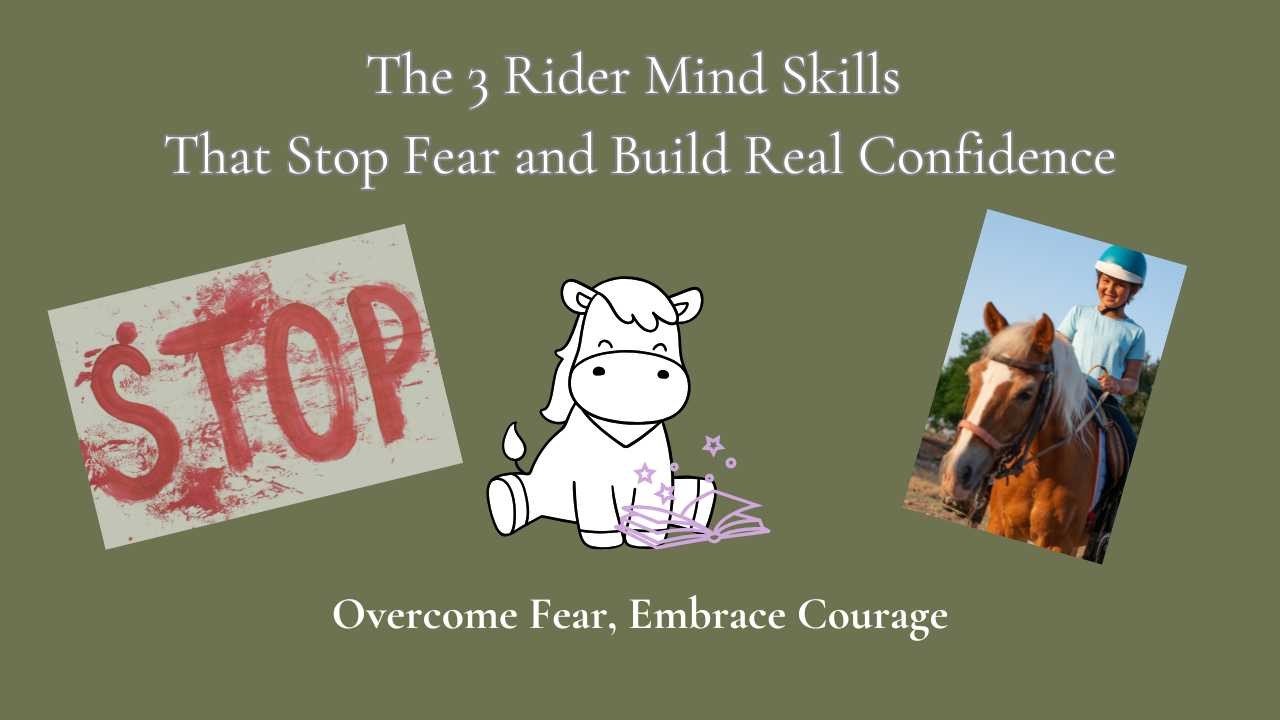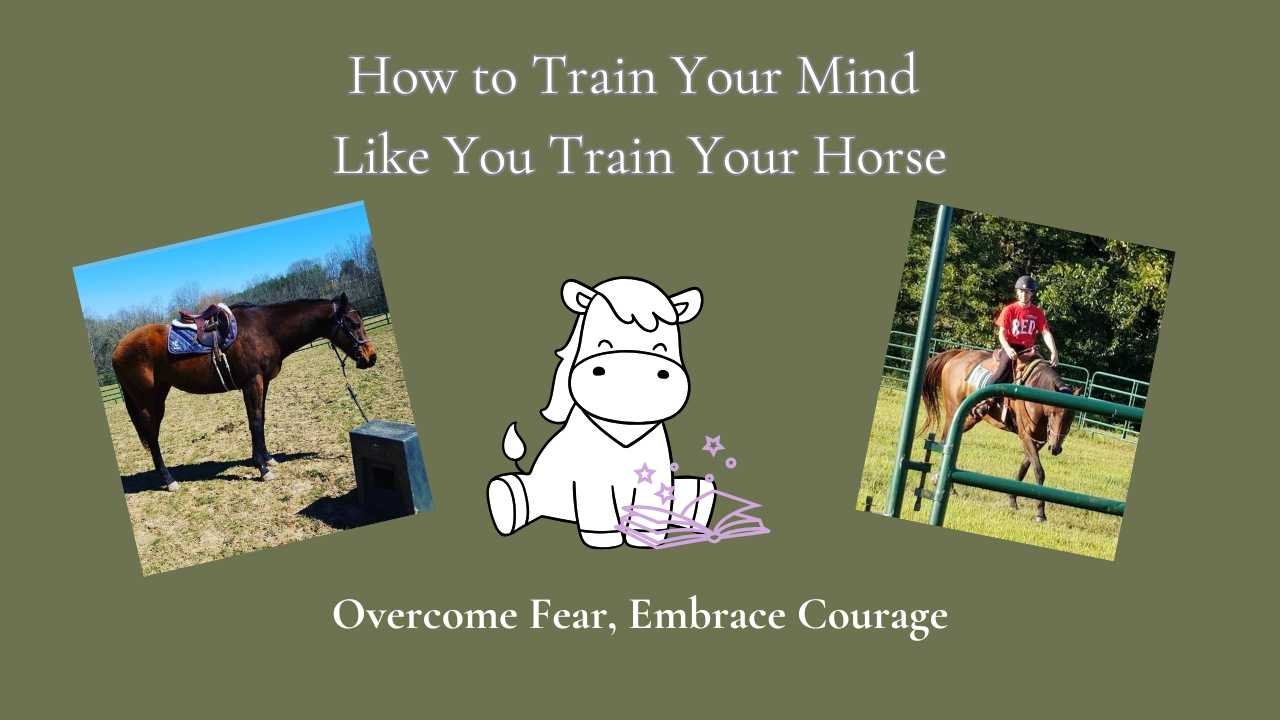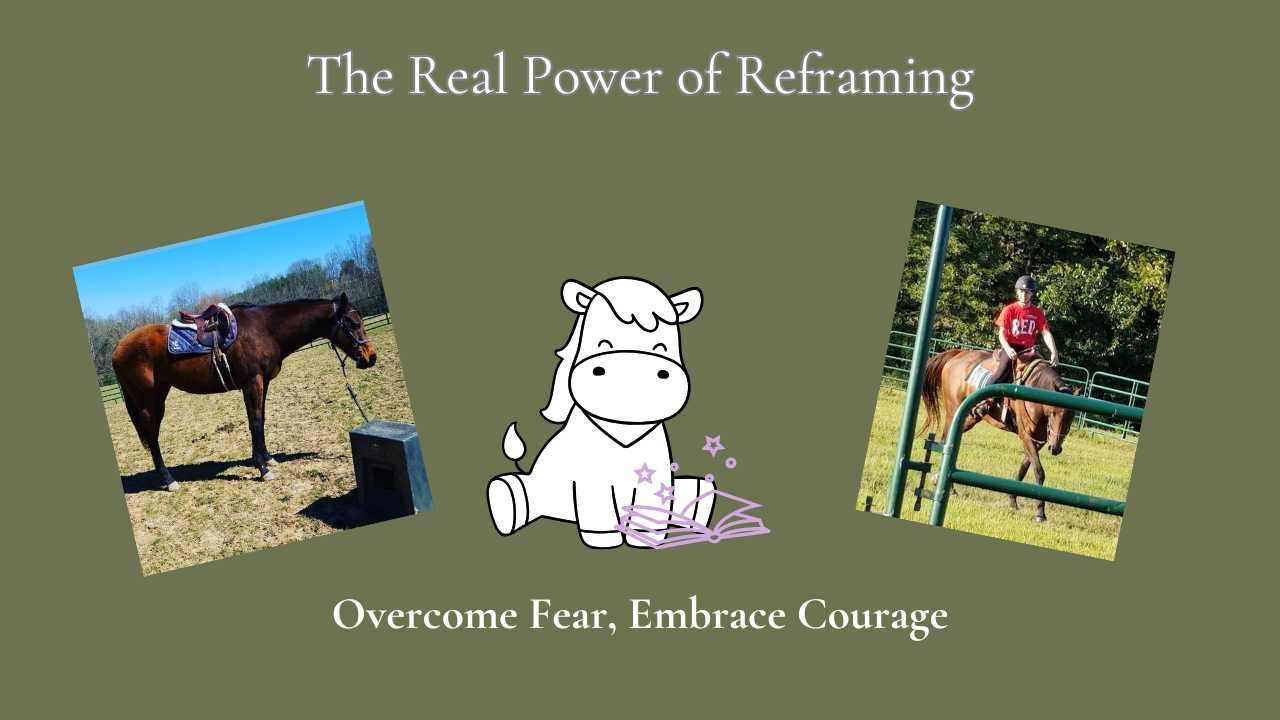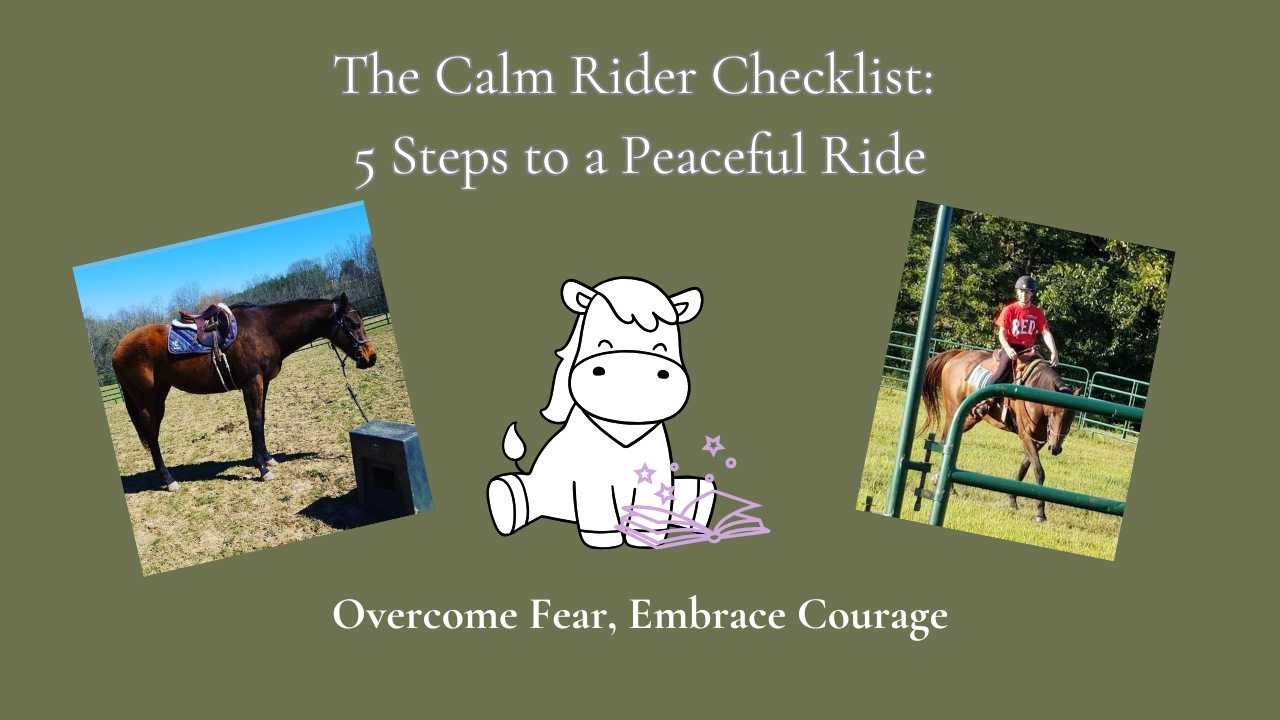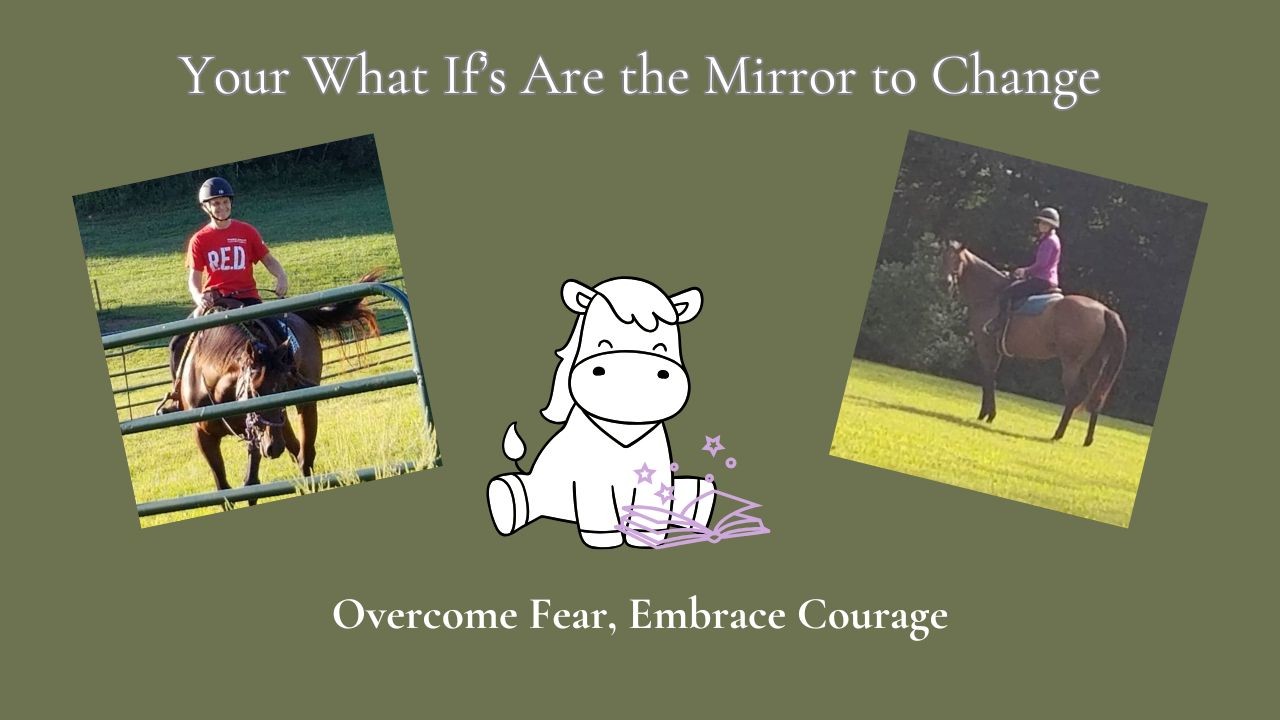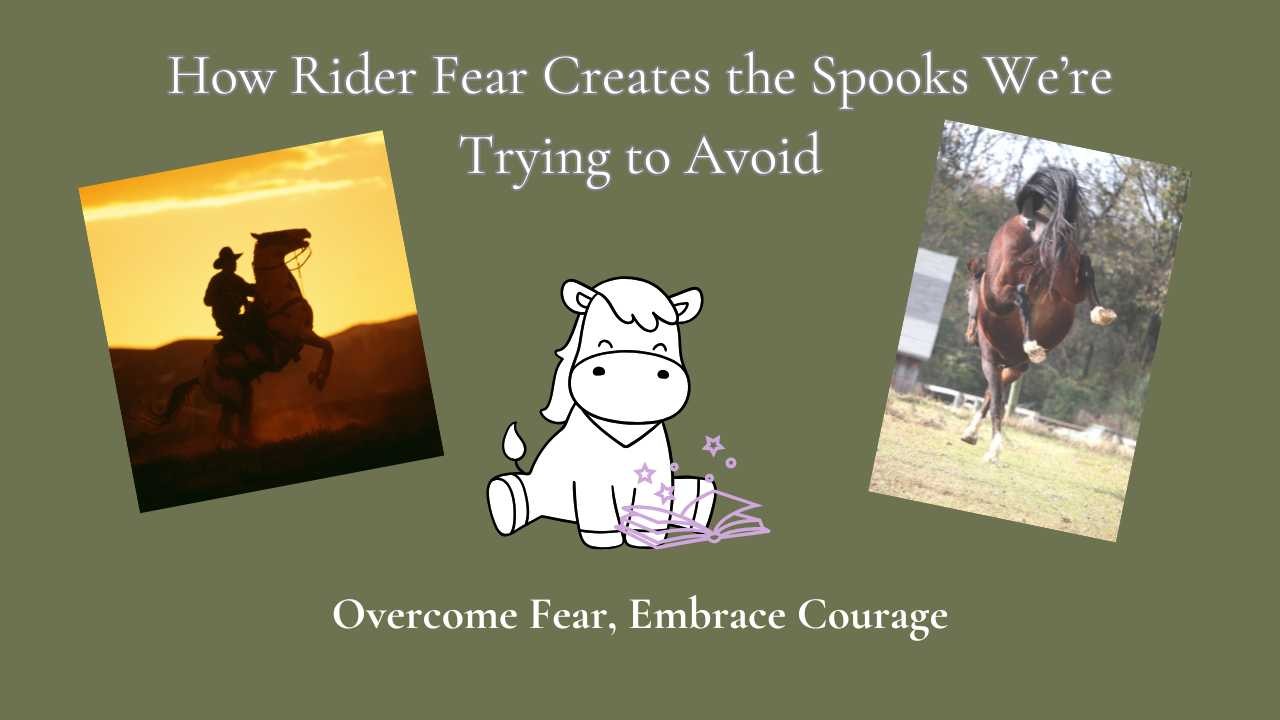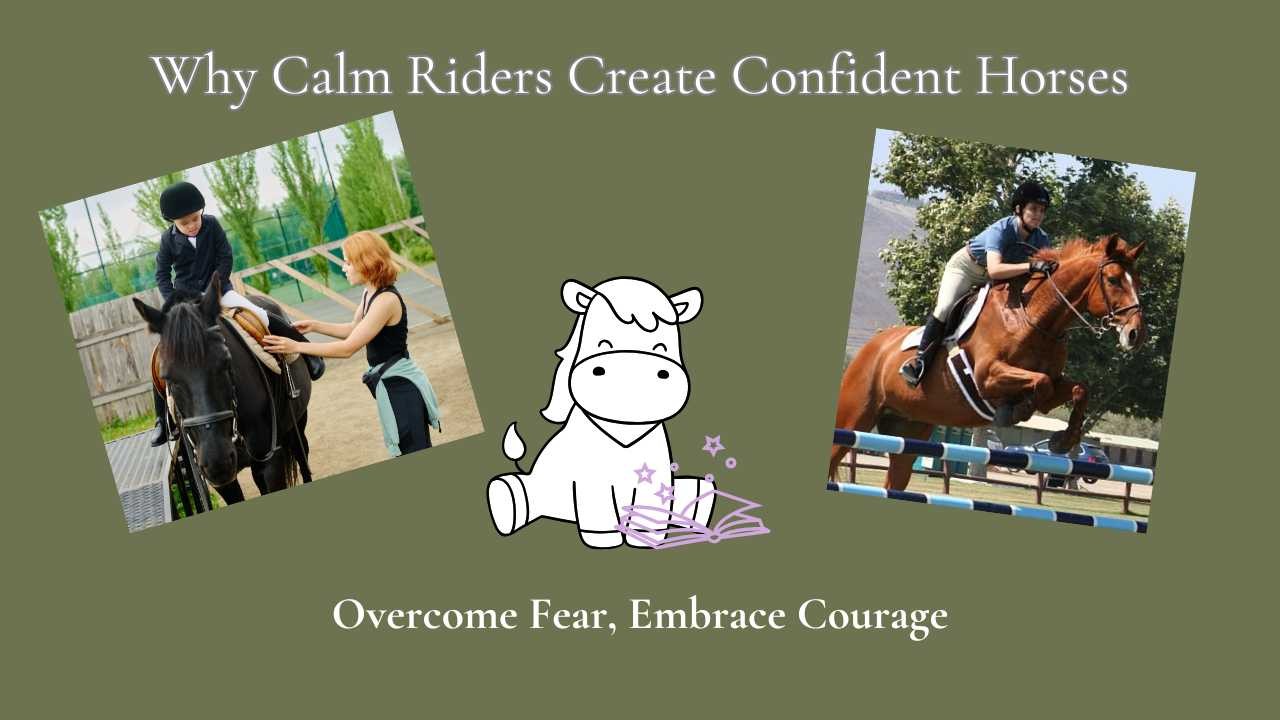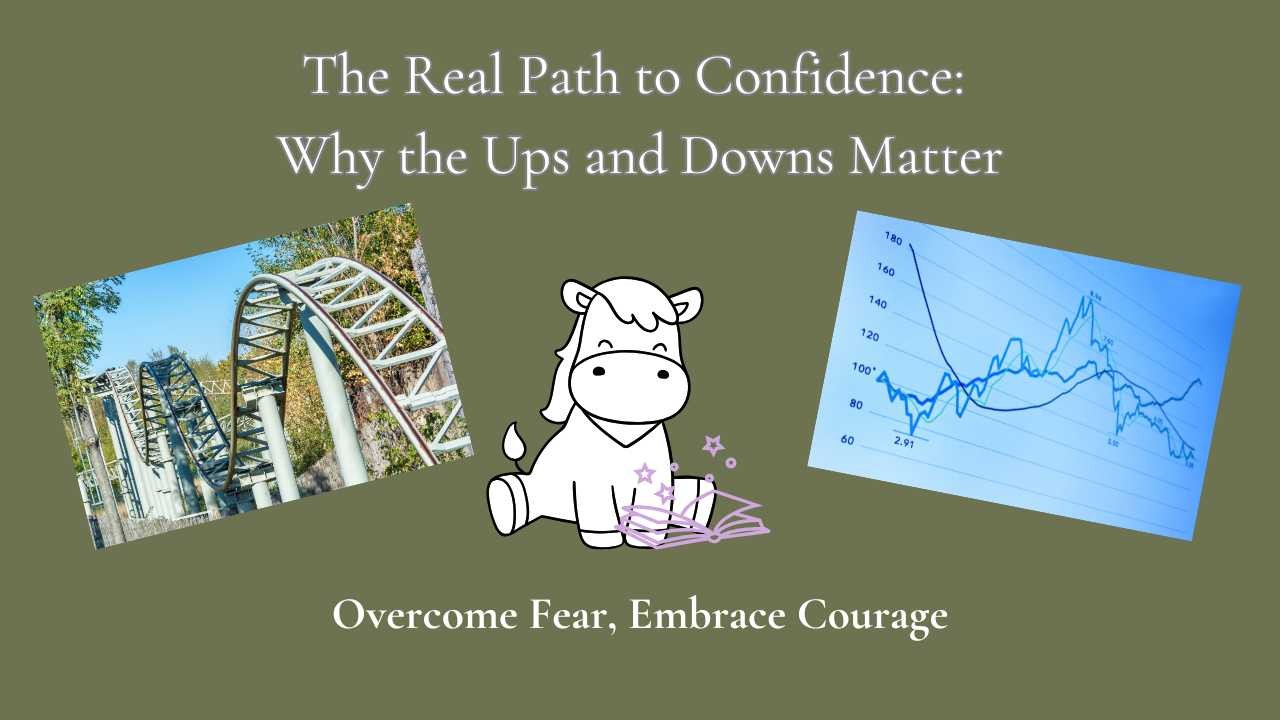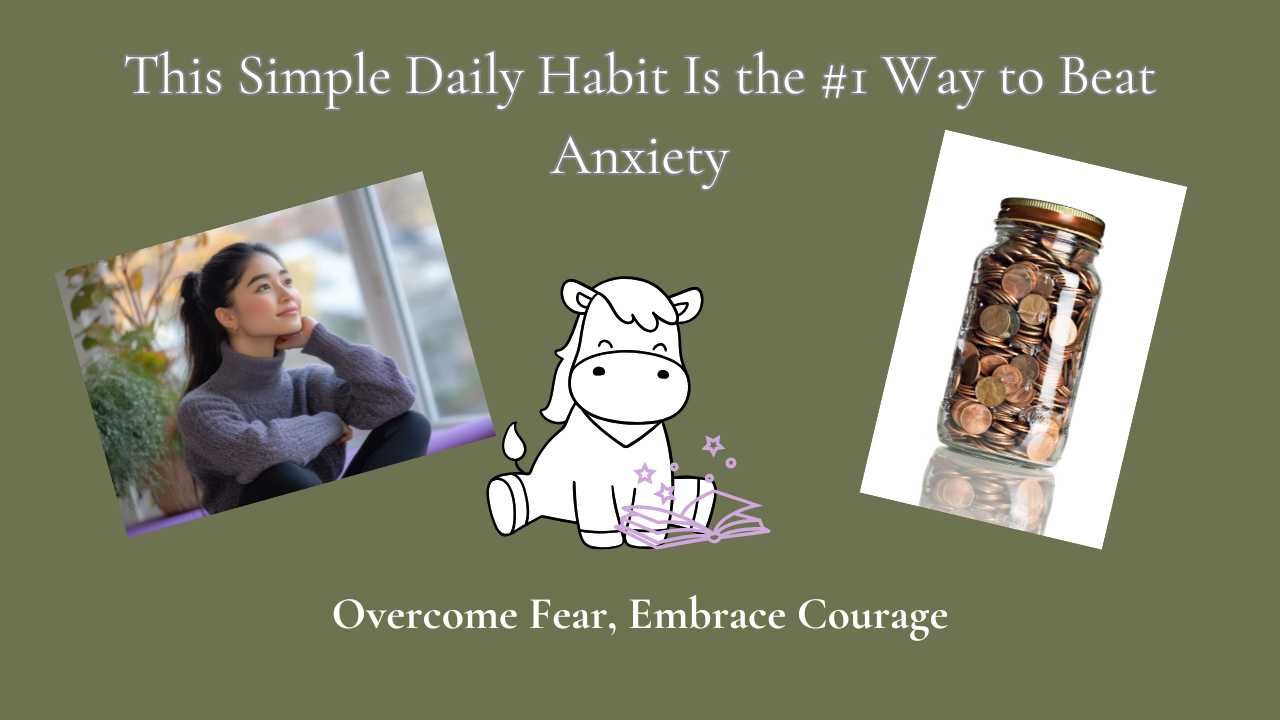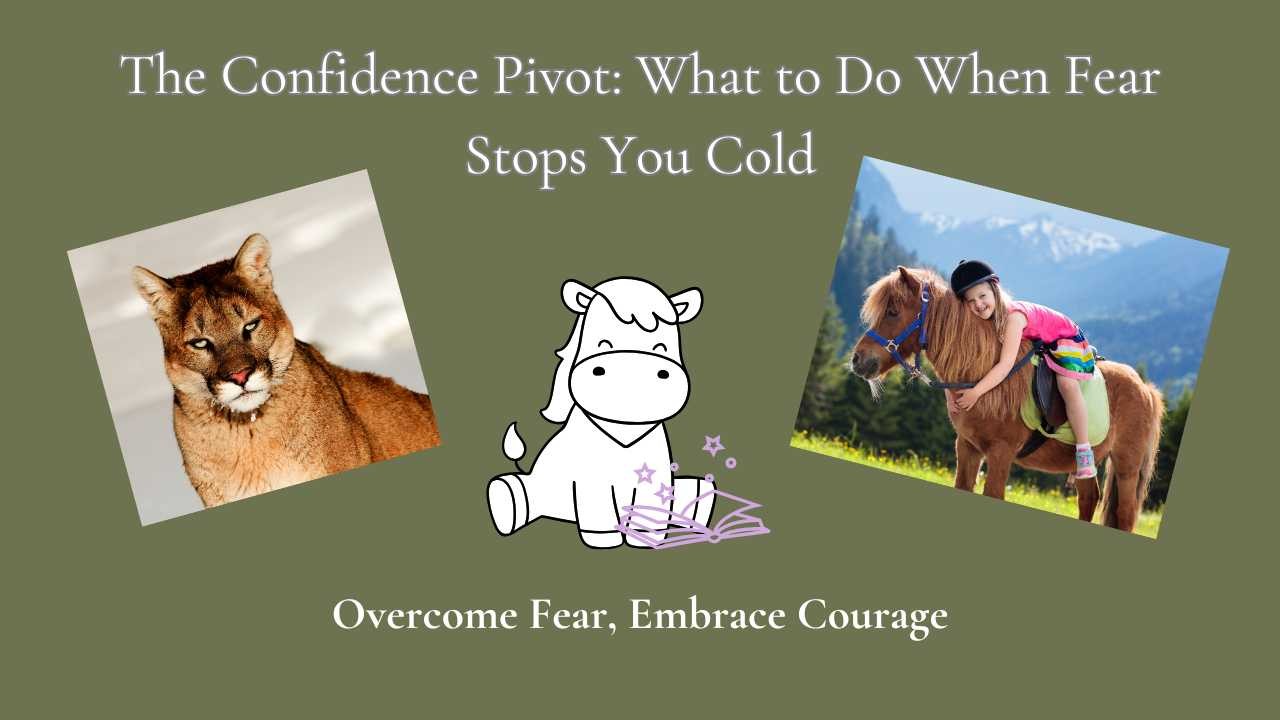
Emotionally? Not so lucky. That accident hijacked my confidence.
The bad news: it takes work.
The better news: there’s a faster way forward than the decades it took me.
This is the “loud voice” in your head—the part that keeps replaying fear and feeding doubt. Left unchecked, it buries confidence in the shadows. The good news? There are tools to flip that script. My favorite is Courage Pennies—a simple practice of noticing where you already show confidence in daily life and letting those wins add up. (If you don’t have my Ultimate Guide to Courage Pennies eBook yet, grab it here!)
Your subconscious has one mission: keep you safe. But it often confuses “safe” with “stuck.” Old beliefs and fears can dig in hard. I used to try and slowly reprogram this by working only at the conscious level—it worked, but it was painfully slow. That’s why now I pair conscious tools with deeper methods like NLP and hypnotherapy to help riders shift their subconscious faster.
👉 What’s one step you can take this week to start freeing your confidence again?
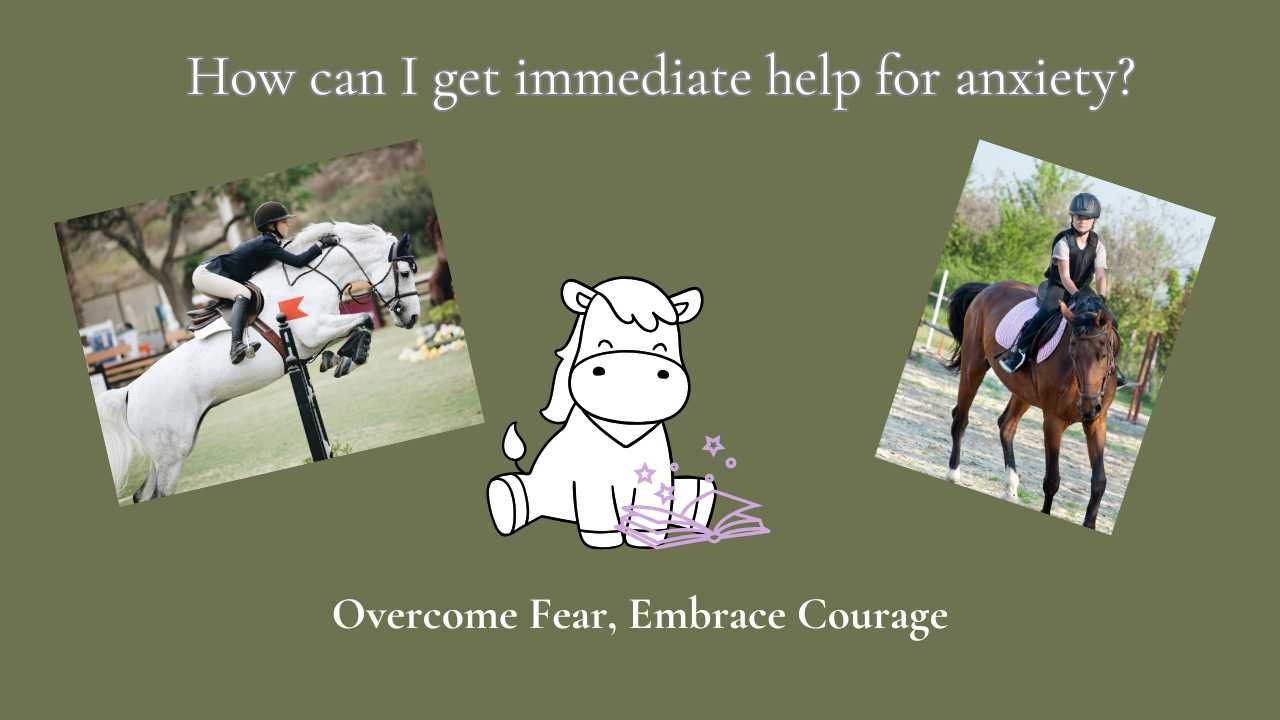
Your chest tightens. Your mind races. You just want it to stop—now.
It built itself over time—through experiences, habits, thoughts, and patterns you may not even remember.
That’s a heavy ask for your nervous system.
Not the kind that erases anxiety forever, but the kind that interrupts the cycle just enough to give you space.
To breathe.
To choose something different.
- Close your eyes (or soften your gaze).
- As you inhale, imagine your breath slowly rising up one side of the Ferris wheel.
- At the top, pause—like you’re taking in the view.
- As you exhale, your breath comes gently down the other side.
- At the bottom, pause again—safe and grounded—before starting the next circle.
Pause — enjoy the view.
Breathe out — ride down.
Pause — feel the earth.
You’re re-training your nervous system to connect breath + safety + rhythm.
You’re creating motion inside the stillness.
Even just one loop can shift something.
That’s a win.
Don’t Wait for the Panic — Build Confidence Before You Need It
You’re not hoping you can manage it.
You’ve trained for this.
How Do You Build That Kind of Confidence?
They reset the brain and body to feel safe again.
They help you create a calm baseline before the ride, before the challenge, before your fear takes the wheel.
Just like physical training prepares your muscles, this prepares your mind.
You’re not fighting it from the ground up—you’re meeting it from a place of strength.

The courageous one getting all of us into trouble.
The one who rode alone in the Angeles National Forest before school.
And more importantly—why was it holding me hostage?
And if so, how?
Or worse: “Show that horse who’s boss.”
We can turn back the clock and reclaim the confidence that feels so far away.
So how do we get it back?
This might sound too simple, but it’s the key.
When you decide—really decide—that you’re ready to reclaim your courage, doors begin to open. The right people, tools, and solutions start showing up.
How will you get it back?
For me, it was a long road: preparation, knowledge, experience, therapy.
But there are faster ways too—like a reset hypnotherapy session or a tailored NLP session to help your mind and body recalibrate after an accident.
This one is critical. Courage grows with momentum.
The more you move, the more confidence you build.
The more confidence you build, the more freedom you feel.
You don’t have to stay stuck.
You don’t have to stay afraid.
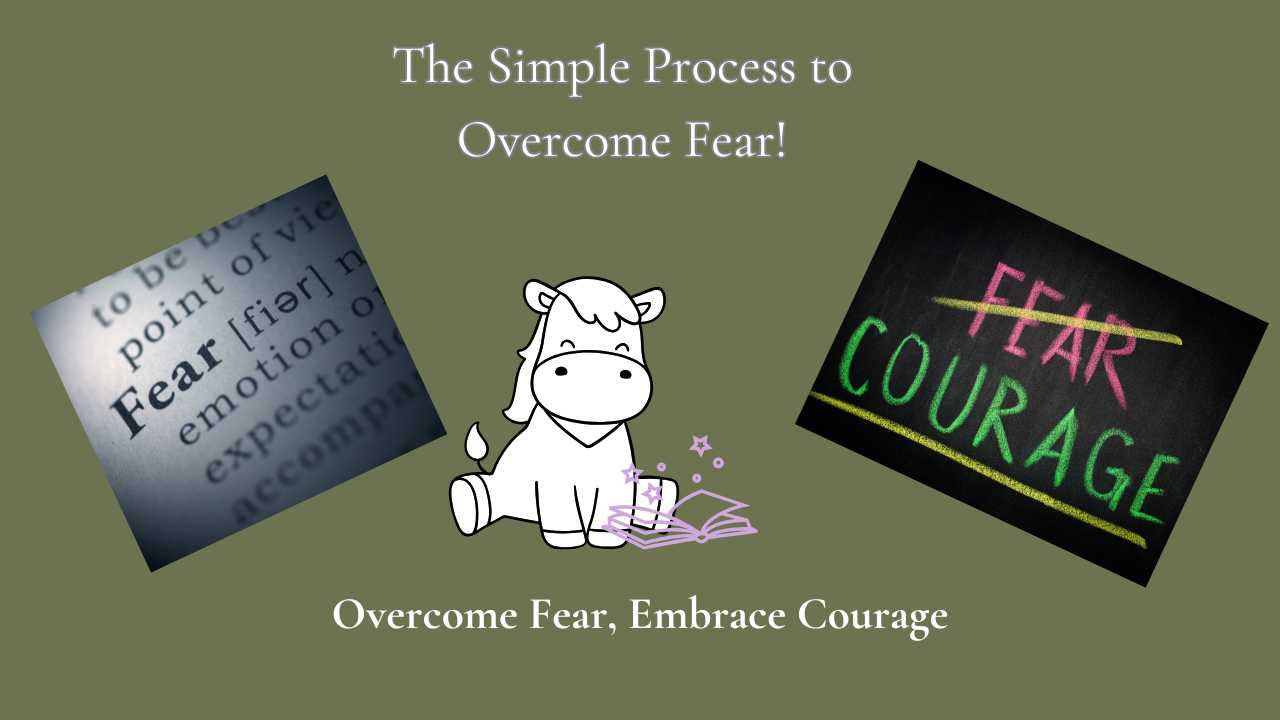
evaluate your health (You can do the same for your horses as well):
Gain knowledge:
Experience it:
ADJUST:
Your process has already been created for you! Rise from Fear to Courage: Saddle Up and Enjoy Riding Again shares my journey of overcoming fear and reclaiming the joy of riding. If you're ready to ride with confidence, this book will show you the way. Grab your copy today and take the first step toward fearless riding!
